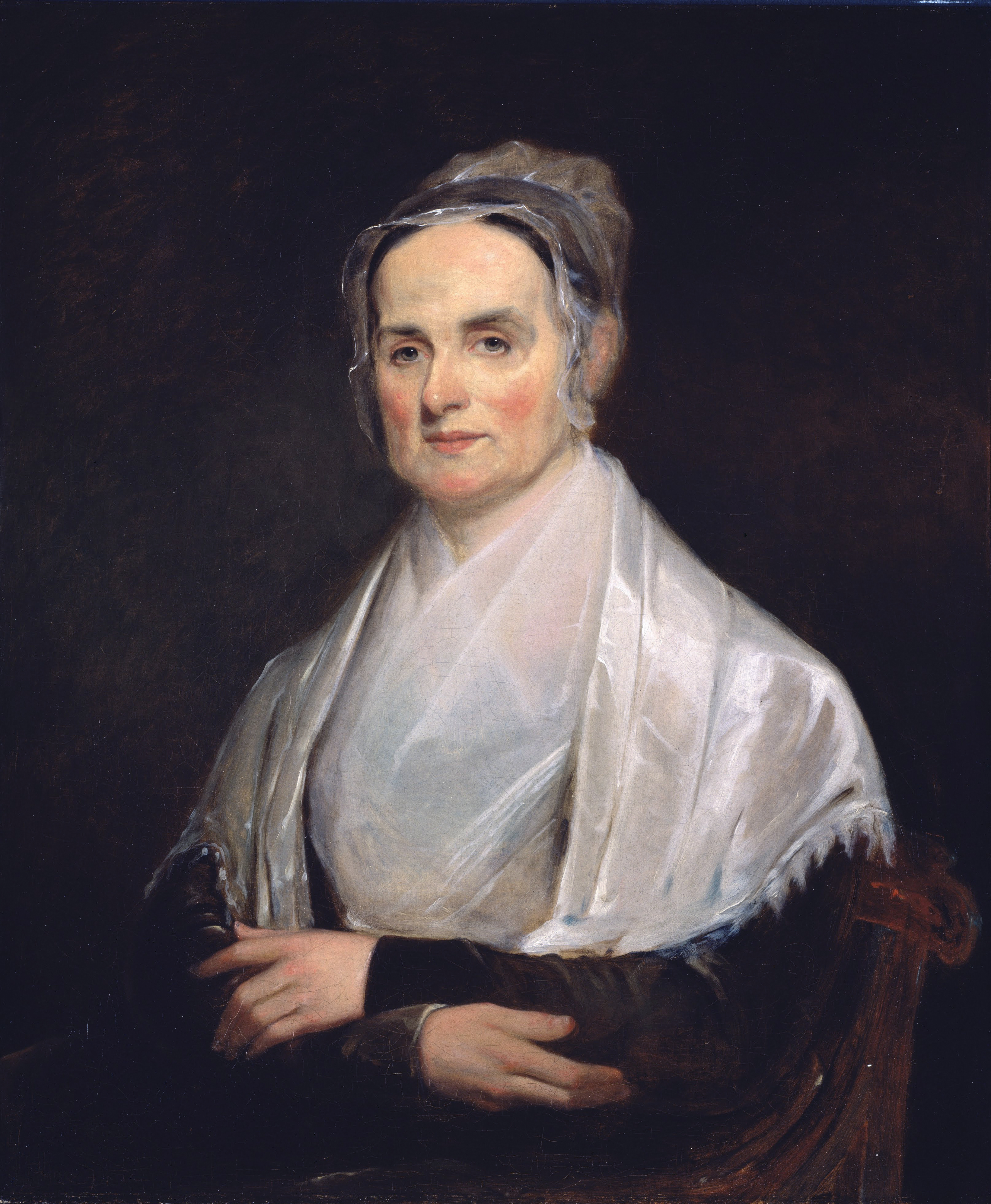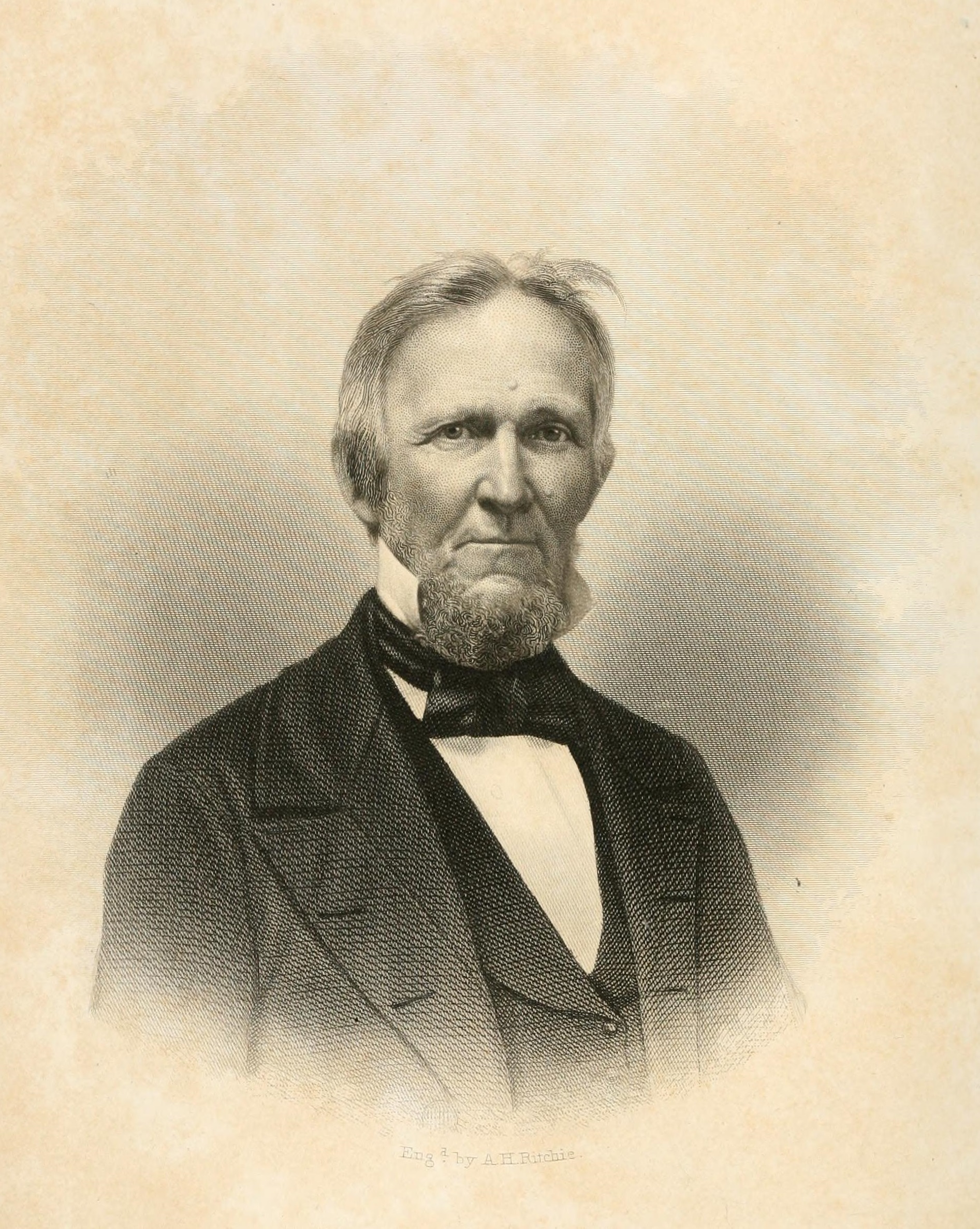|
American Anti-Slavery Society
The American Anti-Slavery Society (AASS; 1833–1870) was an abolitionist society founded by William Lloyd Garrison and Arthur Tappan. Frederick Douglass, an escaped slave, had become a prominent abolitionist and was a key leader of this society, who often spoke at its meetings. William Wells Brown, also a freedman, also often spoke at meetings. By 1838, the society had 1,350 local chapters with around 250,000 members. Noted members included Susan B. Anthony, Elizabeth Cady Stanton, Theodore Dwight Weld, Lewis Tappan, James G. Birney, Lydia Maria Child, Maria Weston Chapman, Augustine Clarke, Samuel Cornish, George T. Downing, James Forten, Abby Kelley Foster, Stephen Symonds Foster, Henry Highland Garnet, Beriah Green, who presided over its organizational meeting, Lucretia Mott, Wendell Phillips, Robert Purvis, Charles Lenox Remond, Sarah Parker Remond, Lucy Stone, and John Greenleaf Whittier, among others. Headquartered in New York City, from 1840 ... [...More Info...] [...Related Items...] OR: [Wikipedia] [Google] [Baidu] |
1856 LibertyBell AmericanAntiSlaverySociety
Events January–March * January 8 – Borax deposits are discovered in large quantities by John Veatch in California. * January 23 – American paddle steamer SS ''Pacific'' leaves Liverpool (England) for a transatlantic voyage on which she will be lost with all 186 on board. * January 24 – U.S. President Franklin Pierce declares the new Free-State Topeka government in " Bleeding Kansas" to be in rebellion. * January 26 – First Battle of Seattle: Marines from the suppress an indigenous uprising, in response to Governor Stevens' declaration of a "war of extermination" on Native communities. * January 29 ** The 223-mile North Carolina Railroad is completed from Goldsboro through Raleigh and Salisbury to Charlotte. ** Queen Victoria institutes the Victoria Cross as a British military decoration. * February ** The Tintic War breaks out in Utah. ** The National Dress Reform Association is founded in the United States to promote "rati ... [...More Info...] [...Related Items...] OR: [Wikipedia] [Google] [Baidu] |
Missouri Compromise
The Missouri Compromise was a federal legislation of the United States that balanced desires of northern states to prevent expansion of slavery in the country with those of southern states to expand it. It admitted Missouri as a slave state and Maine as a free state and declared a policy of prohibiting slavery in the remaining Louisiana Purchase lands north of the 36°30′ parallel. The 16th United States Congress passed the legislation on March 3, 1820, and President James Monroe signed it on March 6, 1820. Earlier, in February 1819, Representative James Tallmadge Jr., a Democratic-Republican (Jeffersonian Republican) from New York, had submitted two amendments to Missouri's request for statehood that included restrictions on slavery. Southerners objected to any bill that imposed federal restrictions on slavery and believed that it was a state issue, as settled by the Constitution. However, with the Senate evenly split at the opening of the debates, both sections possess ... [...More Info...] [...Related Items...] OR: [Wikipedia] [Google] [Baidu] |
National Anti-Slavery Standard
The ''National Anti-Slavery Standard'' was the official weekly newspaper of the American Anti-Slavery Society, established in 1840 under the editorship of Lydia Maria Child and David Lee Child. The paper published continuously until the ratification of the Fifteenth Amendment to the United States Constitution in 1870. Its motto was ''"Without Concealment—Without Compromise."'' It not only implies suffrage rights for colored males, but also women's suffrage as well. It contained Volume I, number 1, June 11, 1840 through volume XXX, number 50, April 16, 1870. History The ''Standard'' was a weekly newspaper that was published concurrently in New York City and Philadelphia (1854–1865). It published the essays, debates, speeches, events, reports, and anything newsworthy that related to the question of slavery in the United States and other parts of the world. Its audience were the members of the American Anti-Slavery Society and abolitionists in the north. Its two key focuses in th ... [...More Info...] [...Related Items...] OR: [Wikipedia] [Google] [Baidu] |
John Greenleaf Whittier
John Greenleaf Whittier (December 17, 1807 – September 7, 1892) was an American Quaker poet and advocate of the abolition of slavery in the United States. Frequently listed as one of the fireside poets, he was influenced by the Scottish poet Robert Burns. Whittier is remembered particularly for his anti-slavery writings, as well as his 1866 book '' Snow-Bound''. Biography Early life and work John Greenleaf Whittier was born to John and Abigail ( Hussey) Whittier at their rural homestead in Haverhill, Massachusetts, on December 17, 1807. His middle name is thought to mean ''feuillevert'', after his Huguenot forebears. He grew up on the farm in a household with his parents, a brother and two sisters, a maternal aunt and paternal uncle, and a constant flow of visitors and hired hands for the farm. As a boy, it was discovered that Whittier was color-blind when he was unable to see a difference between ripe and unripe strawberries. The farm was not very profitable, and there w ... [...More Info...] [...Related Items...] OR: [Wikipedia] [Google] [Baidu] |
Lucy Stone
Lucy Stone (August 13, 1818 – October 18, 1893) was an American orator, Abolitionism in the United States, abolitionist and Suffrage, suffragist who was a vocal advocate for and organizer promoting Women's rights, rights for women. In 1847, Stone became the first woman from Massachusetts to earn a college degree. She spoke out for women's rights and against slavery. Stone was known for using her birth name after marriage, contrary to the custom of women taking their husband's surname. Stone's organizational activities for the cause of women's rights yielded tangible gains in the difficult political environment of the 19th century. Stone helped initiate the first National Women's Rights Convention in Worcester, Massachusetts and she supported and sustained it annually, along with a number of other local, state and regional activist conventions. Stone spoke in front of a number of legislative bodies to promote laws giving more rights to women. She assisted in establishing the Woma ... [...More Info...] [...Related Items...] OR: [Wikipedia] [Google] [Baidu] |
Sarah Parker Remond
Sarah Parker Remond (June 6, 1826 – December 13, 1894) was an American lecturer, activist and abolitionist campaigner. Born a free woman in the state of Massachusetts, she became an international activist for human rights and women's suffrage. Remond made her first public speech against the institution of slavery when she was 16 years old, and delivered abolitionist speeches throughout the northeastern United States. One of her brothers, Charles Lenox Remond, became known as an orator and they occasionally toured together for their abolitionist lectures. Eventually becoming an agent of the American Anti-Slavery Society, in 1858 Remond chose to travel to Britain to gather support for the growing abolitionist cause in the United States. While in London, Remond also studied at Bedford College, lecturing during term breaks. During the American Civil War, she appealed for support among the British public for the Union and their blockade of the Confederacy. After the conc ... [...More Info...] [...Related Items...] OR: [Wikipedia] [Google] [Baidu] |
Charles Lenox Remond
Charles Lenox Remond (February 1, 1810 – December 22, 1873) was an American orator, activist and abolitionist based in Massachusetts. He lectured against slavery across the Northeast, and in 1840 traveled to the British Isles on a tour with William Lloyd Garrison. During the American Civil War, he recruited blacks for the United States Colored Troops, helping staff the first two units sent from Massachusetts. From a large family of African-American entrepreneurs, he was the brother of Sarah Parker Remond, also a lecturer against slavery. Biography Early years Remond was born in Salem, Massachusetts to John Remond, a free man of color from the island of Curaçao, who was a hairdresser, and Nancy Lenox, daughter of a prominent Bostonian, a hairdresser and caterer. Massachusetts had effectively abolished slavery after the Revolution with its new constitution. The eldest son of eight children, Charles Remond began his activism in opposition to southern slavery early. His sibling ... [...More Info...] [...Related Items...] OR: [Wikipedia] [Google] [Baidu] |
Robert Purvis
Robert Purvis (August 4, 1810 – April 15, 1898) was an American abolitionist in the United States. He was born in Charleston, South Carolina, and was likely educated at Amherst Academy, a secondary school in Amherst, Massachusetts. He spent most of his life in Philadelphia, Pennsylvania. In 1833 he helped found the American Anti-Slavery Society and the Library Company of Colored People. From 1845 to 1850 he served as president of the Pennsylvania Anti-Slavery Society and also traveled to Britain to gain support for the movement. Of mixed race, Purvis and his brothers were three-quarters European by ancestry and inherited considerable wealth from their native British father after his death in 1826. Purvis's parents had lived in a common law marriage, prevented from marrying because his mother was a free woman of color, of Moroccan and Jewish descent. The sons chose to identify with the black community and used their education and wealth to support abolition of slavery ... [...More Info...] [...Related Items...] OR: [Wikipedia] [Google] [Baidu] |
Wendell Phillips
Wendell Phillips (November 29, 1811 – February 2, 1884) was an American abolitionist, advocate for Native Americans, orator, and attorney. According to George Lewis Ruffin, a Black attorney, Phillips was seen by many Blacks as "the one white American wholly color-blind and free from race prejudice". According to another Black attorney, Archibald Grimké, as an abolitionist leader he is ahead of William Lloyd Garrison and Charles Sumner. From 1850 to 1865 he was the "preëminent figure" in American abolitionism. Early life and education Phillips was born in Boston, Massachusetts, on November 29, 1811, to Sarah Walley and John Phillips, a wealthy lawyer, politician, and philanthropist, who was the first mayor of Boston."A Famous Career," ''Reading [...More Info...] [...Related Items...] OR: [Wikipedia] [Google] [Baidu] |
Lucretia Mott
Lucretia Mott (''née'' Coffin; January 3, 1793 – November 11, 1880) was an American Quaker, abolitionist, women's rights activist, and social reformer. She had formed the idea of reforming the position of women in society when she was amongst the women excluded from the World Anti-Slavery Convention held in London in 1840. In 1848 she was invited by Jane Hunt to a meeting that led to the first public gathering about women's rights, the Seneca Falls Convention, during which Mott co-wrote the Declaration of Sentiments. Her speaking abilities made her an important abolitionist, feminist, and reformer; she had been a Quaker preacher early in her adulthood. When the United States outlawed slavery in 1865, she advocated giving former slaves, both male and female, the right to vote (suffrage). She remained a central figure in reform movements until her death in 1880. The area around her long-time residence in Cheltenham Township is now known as La Mott, in her honor. Early life ... [...More Info...] [...Related Items...] OR: [Wikipedia] [Google] [Baidu] |
Beriah Green
Beriah Green Jr. (March 24, 1795May 4, 1874) was an American reformer, abolitionist, temperance advocate, college professor, minister, and head of the Oneida Institute. He was "consumed totally by his abolitionist views". He has been described as "cantankerous". Former student Alexander Crummell described him as a "bluff, kind-hearted man," a "master-thinker". Early life Greene was born in Preston, Connecticut, son of Beriah Green (1774–1865) and Elizabeth Smith (1771–1840). His father was a cabinet and chair maker. The family moved to Pawlet, Vermont, in 1810, and he may have attended the Pawlet Academy. In 1815 he enrolled in the Kimball Union Academy, in New Hampshire. He graduated from Middlebury College in 1819, where he was valedictorian, and then studied to become a missionary (minister) at Andover Theological Seminary (1819–20). However, his religious beliefs did not agree with any denominational creed. Career Because of financial need, he began teaching at Phi ... [...More Info...] [...Related Items...] OR: [Wikipedia] [Google] [Baidu] |






.jpg)
.jpg)
.jpg)

